The Garden Walk: Daily Checklist for a Healthy Garden
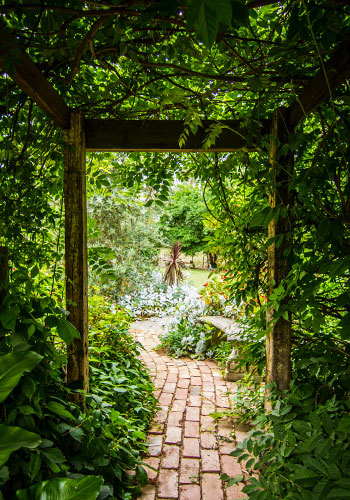
Hi there, dear Sky Nursery readers. Toby Madrone here. I usually stick to a more informative tone, but I decided to change it up a bit today, and share from my personal gardening experience. I hope you enjoy this post in all of its honest plant-nerd glory.
I take a walk through my garden every day. I can usually be found out there first thing in the morning on my days off, probably in pajamas, while my morning coffee brews inside. If I have to rush to work in the morning, it might wait until I get home. In that case, I usually drop my bag on the lawn and wander around for a while before I even open my front door.
Sometimes I wonder what my neighbors think of me as I wander around my front yard veggie garden, smiling at a bee here, frowning at an aphid-infested leaf there. They must think I'm a bit odd, but, I suppose it’s good they understand that about me.
I do these little rituals for myself, because being in the garden makes me happy, but they also serve a practical purpose: checking on your garden frequently is one of the best ways to keep it happy and healthy. To make your garden strolls effective as well as fun, you need to know what to look for. I thought I’d share my mental checklist, in the hopes that it might help you add to, or develop your own. Keep in mind, I do have a bias since I grow mostly vegetables, but a lot of this will apply to ornamental gardening as well.
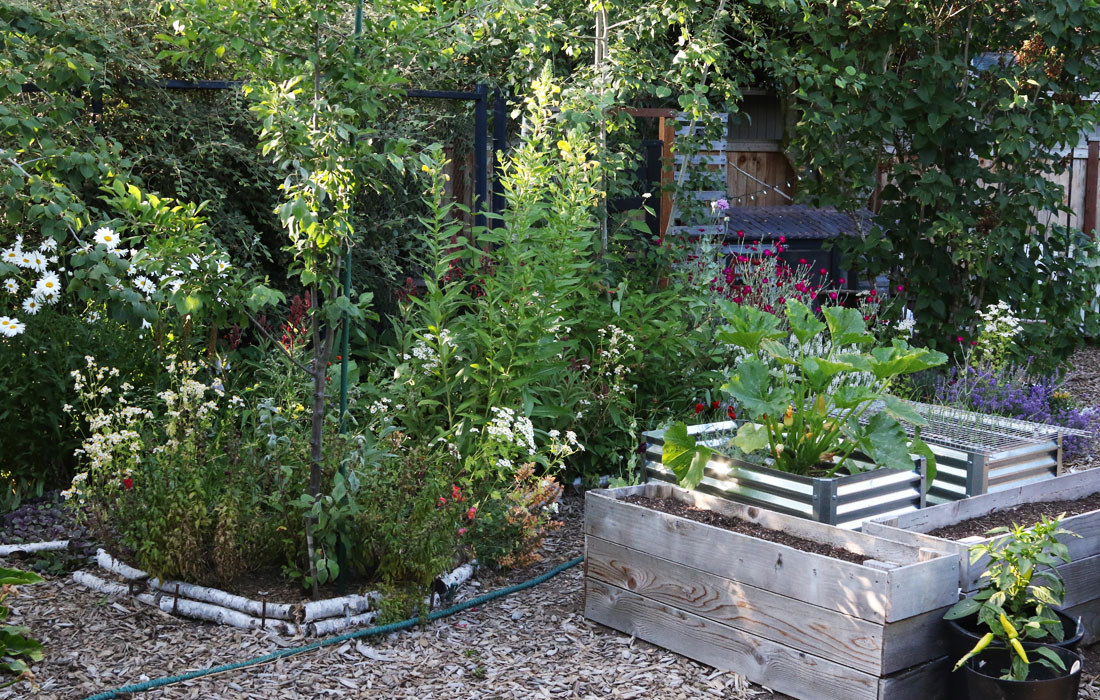

Gratitude First
In the past, I’ve fallen into a trap that made my garden strolls more discouraging than rejuvenating: I’ve been way too focused on scanning for problems. Catching pests, diseases, and other issues early is certainly one great benefit of daily garden walks, and I’ll get to that in a moment. But when problems are the first thing on my mind, I miss out on a lot.
So lately, I practice focusing on what is thriving. No matter what else is going on in my garden, or in my life, I try to notice signs of abundance first and take a moment to be thankful for them.
Here are a few garden finds that might help you celebrate:
- Flowers buzzing with happy pollinators
- Seedlings emerging from the ground
- Tendrils of new growth at the tips of your plants
- Mushrooms popping up to indicate healthy soil
- Newly opened blooms
- Baby tomatoes
- Anything tasty to snack on, even if it’s not the main crop you’re waiting ever-so-patiently for
- Seeds that could be harvested and replanted
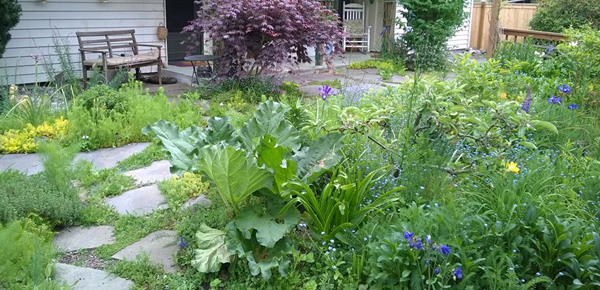
The State of the Whole
After I make space for gratitude, my next step is to take a look at the big picture. I see my garden as an ever-changing ecosystem, and myself as just one part of the process. So this is the part where I take a look and see what’s changed since the last time I checked.
As a starting point, you might want to look for:
- Weeds you can identify, including ones that might be useful, and ones that might have something to tell you
- Any plants that are starting to crowd out their neighbors or are becoming crowded out
- Changing patterns of sun and shade, and how those are affecting your plants
- Plants that look especially happy with their placement, or who seem like they might prefer a different spot
- “Volunteer” plants that self-sowed or were planted by animals, which you may want to encourage
- Pollinators and other beneficial insects
- Birds and other garden wildlife
- Empty spaces, or spaces that will be ready for new plants soon
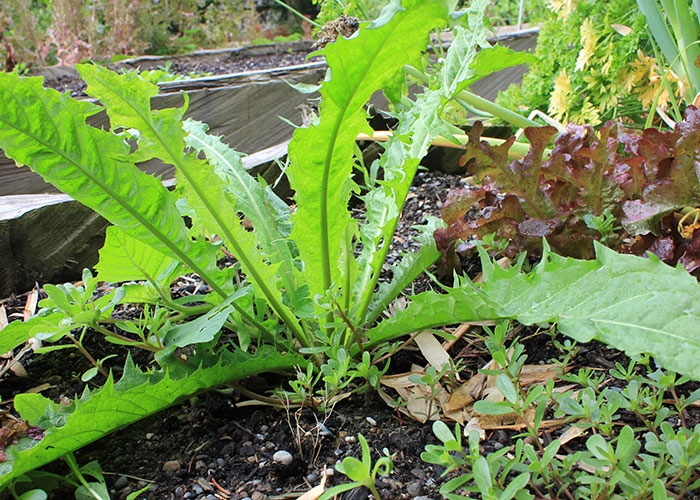
Catch Issues Early
Okay, now you can scan for problems. This is an excellent and practical step, because early detection can make managing pests and diseases much easier. If you can, take a nice close look at as many of your plants as possible. It’s even better if you can occasionally check back at different times of day and in different weather, because certain pests are more likely to make an appearance in particular conditions. For example, gardeners are often baffled by holes in their leaves with no culprits to be found, but returning late in the evening could reveal nocturnal slugs and snails!
You can keep an eye out for:
- The pests themselves, of course — clusters of tiny black or green aphids and individual green caterpillars are the most likely pest insects you will see
- Signs of pest damage, such as missing seedlings or holes in your leaves
- Signs of diseases, such as cobweb-like spots that indicate powdery mildew, any other circular spots, leaf/stem discoloration, or mysterious wilting or curling
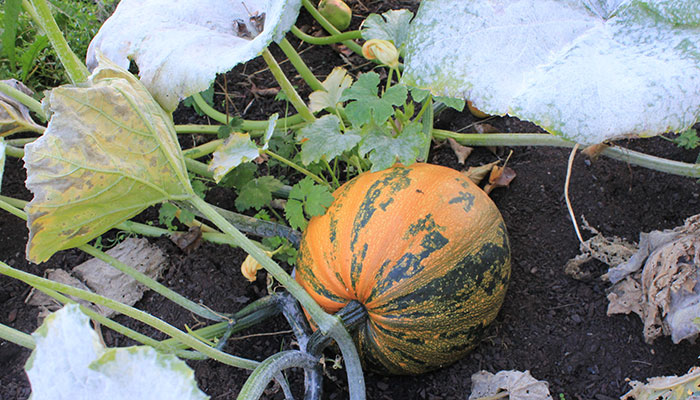
A Learning Process
In a garden, there will always be something that needs work. Or at least that’s true of my garden! Hopefully though, there will also be lots to enjoy. One of the biggest things I continue to learn in a lifetime of gardening is that it’s all about striking a balance.
My daily walk-throughs help me understand more about my garden every day, and almost always present something new: an insect I don’t recognize, or something going on with my plants that I haven't seen before. Gardens are amazing teachers, and there’s always something new to learn.

